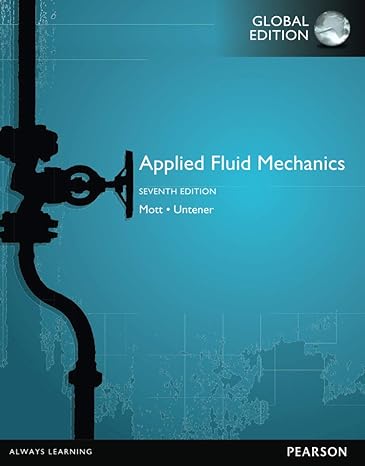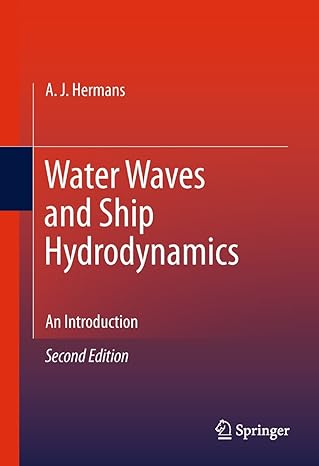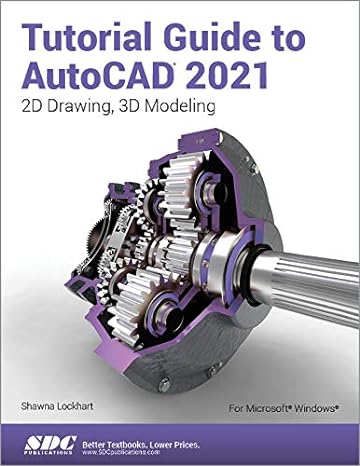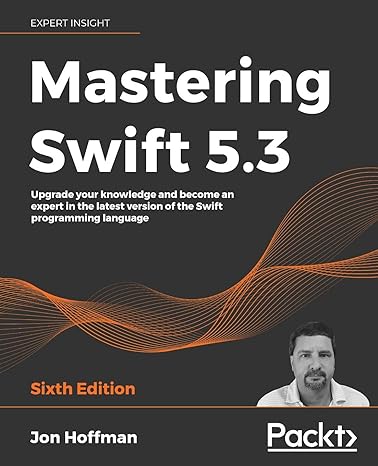Go back

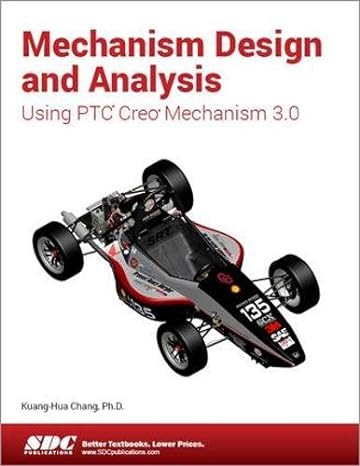
Mechanism Design And Analysis Using Creo Mechanism 3.0(1st Edition)
Authors:
Kuang-Hua Chang

Cover Type:Hardcover
Condition:Used
In Stock
Shipment time
Expected shipping within 2 DaysPopular items with books
Access to 30 Million+ solutions
Free ✝
Ask 50 Questions from expert
AI-Powered Answers
✝ 7 days-trial
Total Price:
$0
List Price: $32.58
Savings: $32.58(100%)
Solution Manual Includes
Access to 30 Million+ solutions
Ask 50 Questions from expert
AI-Powered Answers
24/7 Tutor Help
Detailed solutions for Mechanism Design And Analysis Using Creo Mechanism 3.0
Price:
$9.99
/month
Book details
ISBN: 1585039462, 978-1585039463
Book publisher: SDC Publications
Get your hands on the best-selling book Mechanism Design And Analysis Using Creo Mechanism 3.0 1st Edition for free. Feed your curiosity and let your imagination soar with the best stories coming out to you without hefty price tags. Browse SolutionInn to discover a treasure trove of fiction and non-fiction books where every page leads the reader to an undiscovered world. Start your literary adventure right away and also enjoy free shipping of these complimentary books to your door.
Book Summary: Mechanism Design and Analysis Using PTC Creo Mechanism 3.0 is designed to help you become familiar with Mechanism, a module of the PTC Creo Parametric software family, which supports modeling and analysis (or simulation) of mechanisms in a virtual (computer) environment. Capabilities in Mechanism allow users to simulate and visualize mechanism performance.Capabilities in Mechanism allow users to simulate and visualize mechanism performance. Using Mechanism early in the product development stage could prevent costly redesign due to design defects found in the physical testing phase; therefore, contributing to a more cost effective, reliable, and efficient product development process.The book is written following a project-based learning approach and covers the major concepts and frequently used commands required to advance readers from a novice to an intermediate level. Basic concepts discussed include: model creation, such as body and joint definitions; analysis type selection, such as static (assembly) analysis, kinematics and dynamics; and results visualization. The concepts are introduced using simple, yet realistic, examples.Verifying the results obtained from computer simulation is extremely important. One of the unique features of this textbook is the incorporation of theoretical discussions for kinematic and dynamic analyses in conjunction with simulation results obtained using Mechanism. The theoretical discussions simply support the verification of simulation results rather than providing an in-depth discussion on the subjects of kinematics and dynamics.
Frequently Bought Together
Top Reviews for Books
Jerry Flaspoller
( 5 )
"Delivery was considerably fast, and the book I received was in a good condition."


